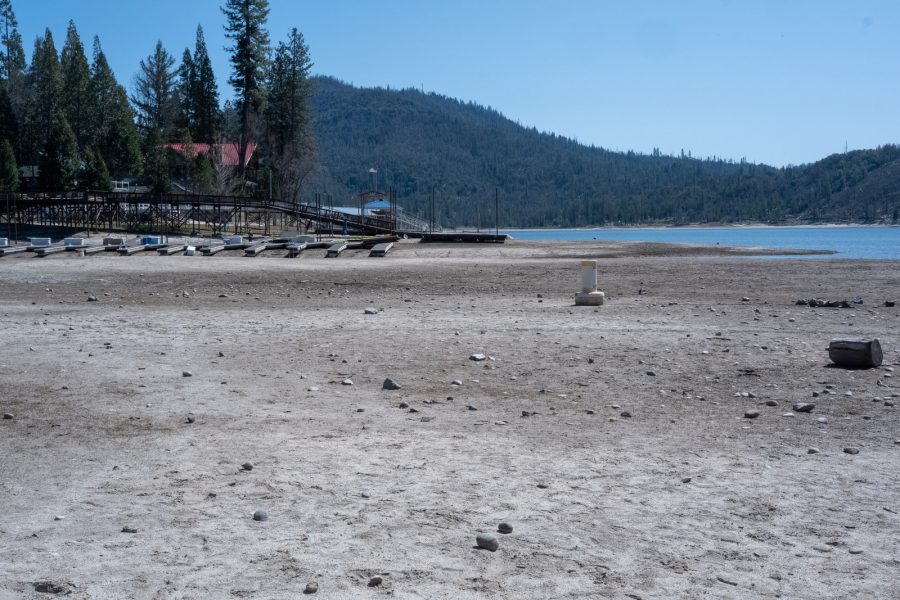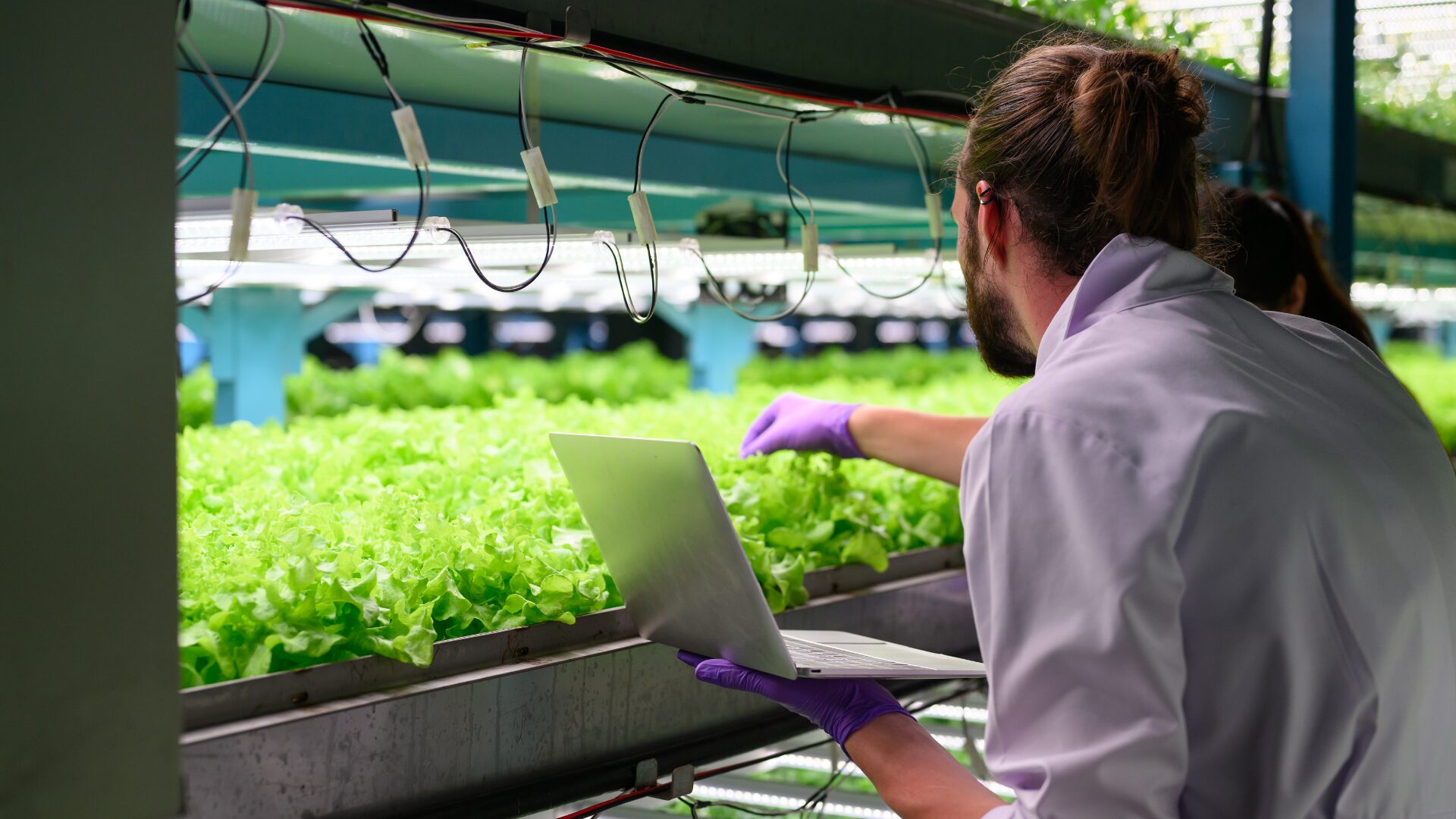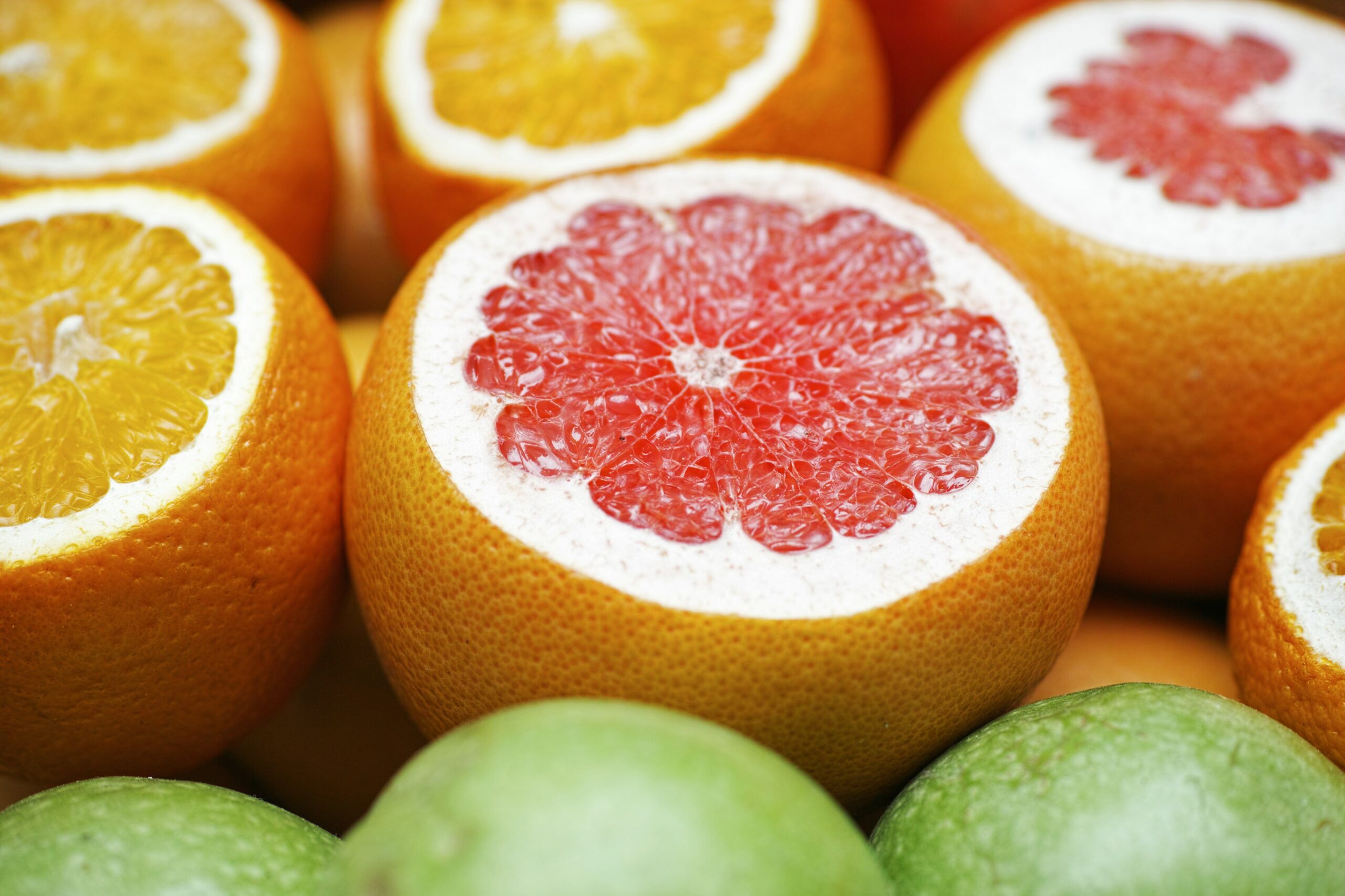The historic drought in the U.S. West is hitting California’s top agricultural export especially hard.
The state’s $6 billion almond industry produces approximately 80% of the world’s almonds, but more and more growers are expected to abandon their orchards as water becomes scarce, reported the Associated Press (Aug. 17).
The U.S. Drought Monitor recently reported that 88% of California was in extreme drought. The drought has drained reservoirs that supply water to key Central Valley farms. Earlier this month, for instance, Shasta Lake, the state’s largest, was just 30% full, according to the California Department of Water Resources.
In July, the USDA projected the state’s almond croup would drop to 2.8 billion pounds this year, compared to a record 3.1 billion pounds in 2020.
WATER SHORTAGE DECLARED: The U.S. government formally declared a water shortage at Lake Mead – the country’s largest reservoir by volume – for the first time since it was built in the 1930s. The declaration sets in motion a series of water allocation cuts to downstream states along the Colorado River.
Lake Mead is at record low levels, having dropped below 40% of capacity, reported Axios (Aug. 16). The water level at the lake – the Colorado River reservoir serving the Hoover Dam – fell to 1,068 feet in July. If the water drops to 950 feet, it would fall below the turbines and the dam must shut down, as reported by zerohedge.com (Aug. 17).
Meanwhile, farmers in Arizona are likely to experience the brunt of water cuts and may be faced with choices like letting their fields go fallow or tapping groundwater supplies or other alternate water sources.
UNIQUE DROUGHT RELIEF: Machines that convert humidity in the air into potable water could offer some relief for drought-stricken towns in California where wells are running dry.
According to a report by Fast Company (Aug. 13), the machines are manufactured by Tsunami, one of a handful of companies that make air-to-water units. The machines draw fresh ambient air through a filter, and that air eventually passes through a compartment featuring a condenser coil to chill the air. The system pulls drips of water out of the air, then collects it in a basin to filter and purify it.
A small machine can produce nearly 180 gallons of water per day, though, at $30,000, they’re not cheap.
NEW HOG FARM TECHNOLOGY: Smithfield Foods has installed manure-to-energy technology at nearly all of its Northern Missouri hog finishing farms. According to a company press release, the technology converts methane emissions into carbon-negative renewable natural gas to power homes, vehicles, and businesses.












